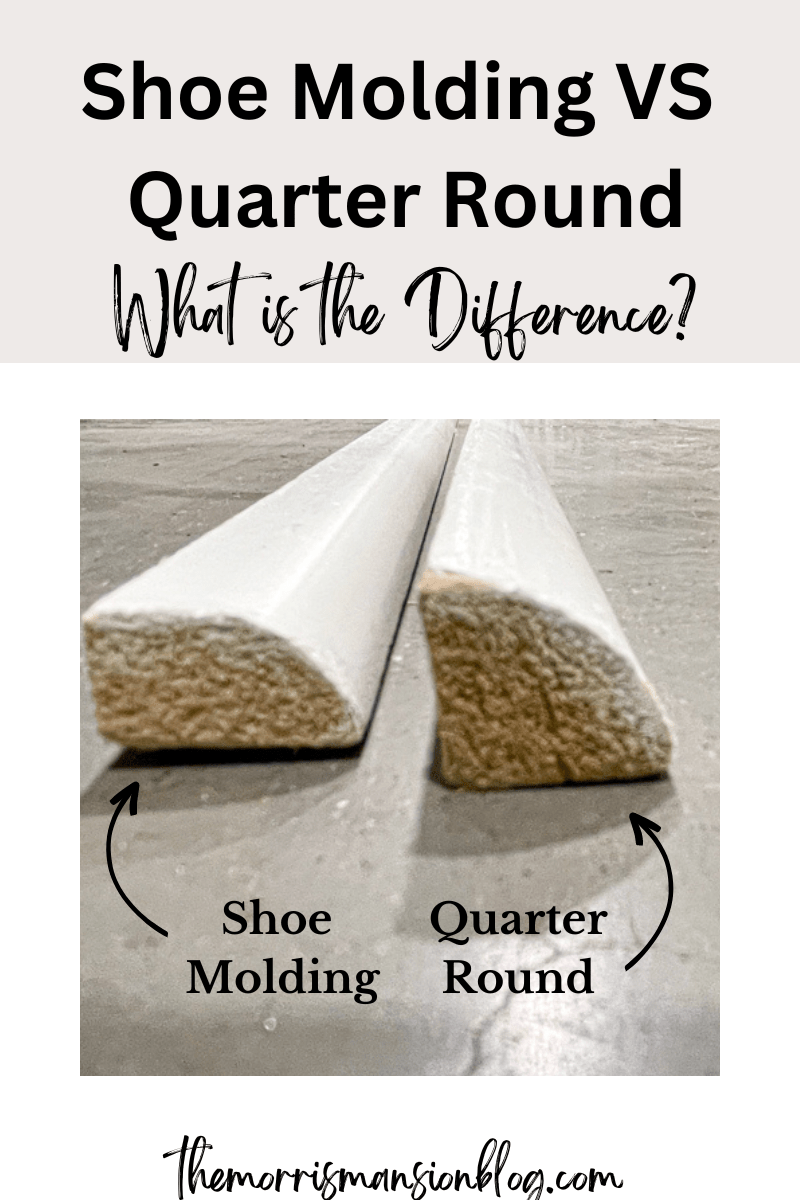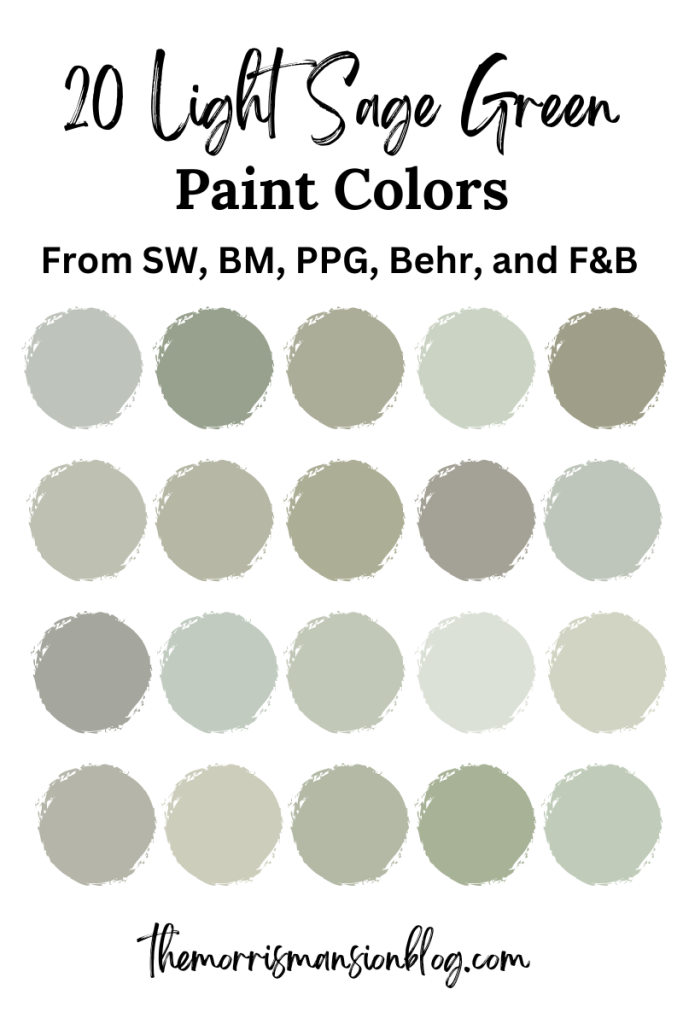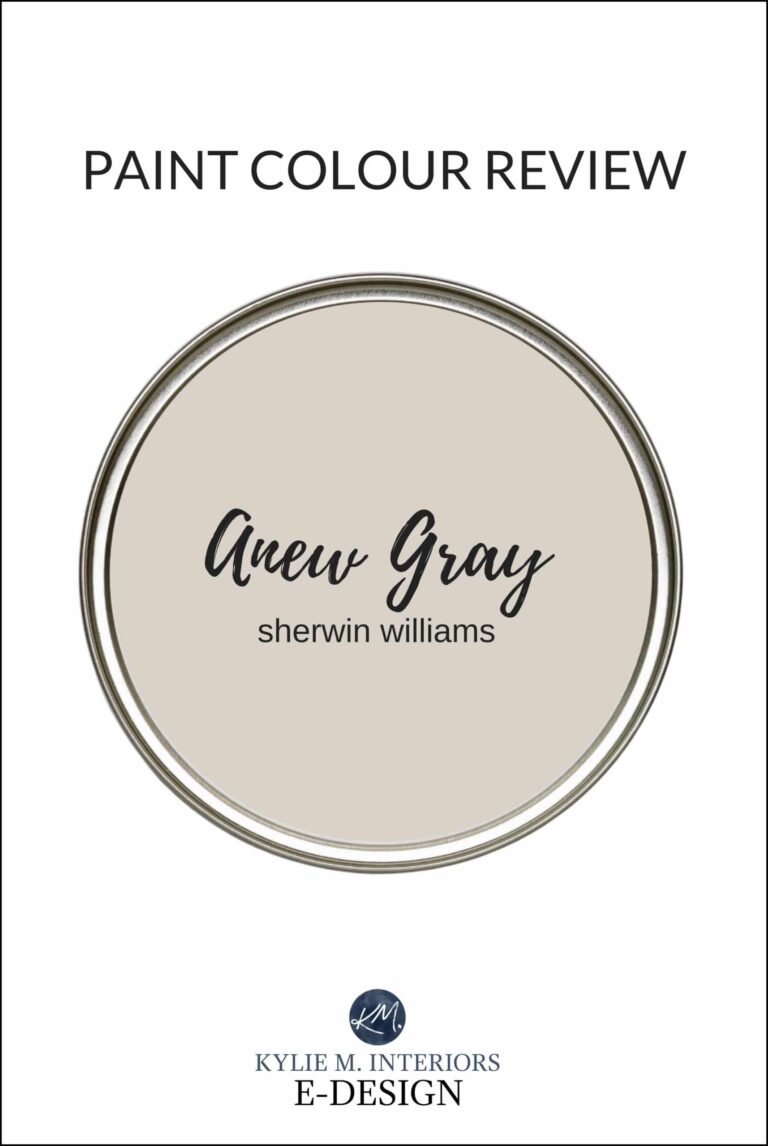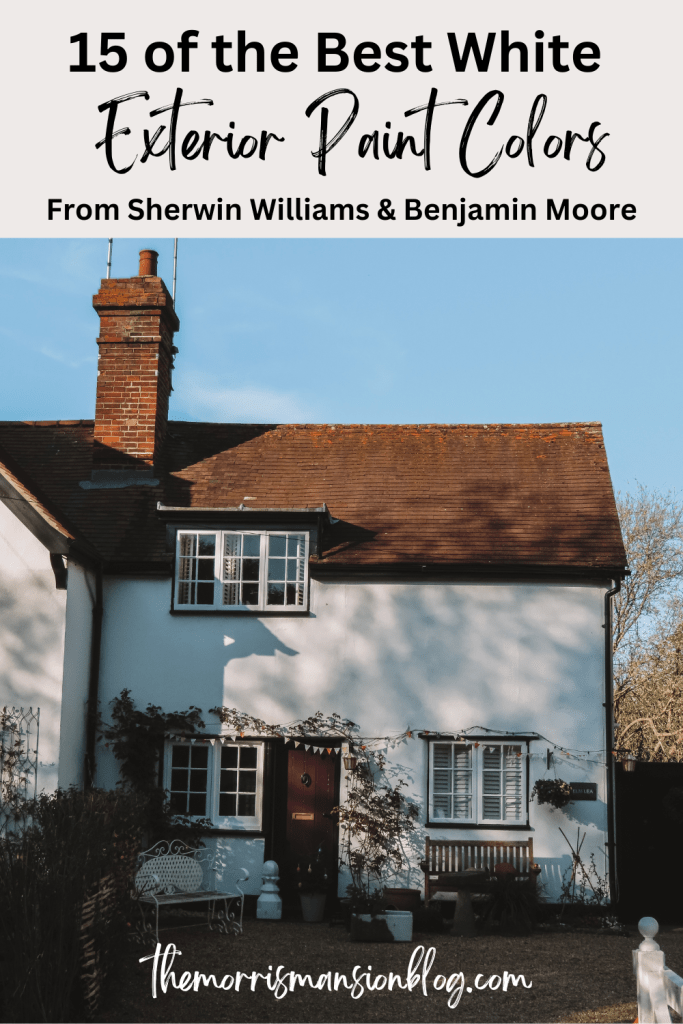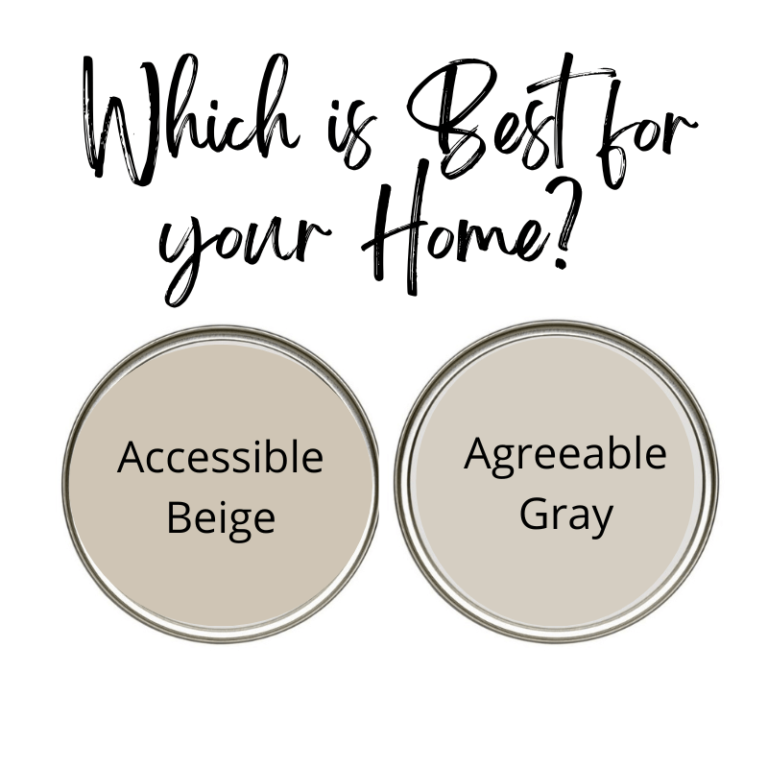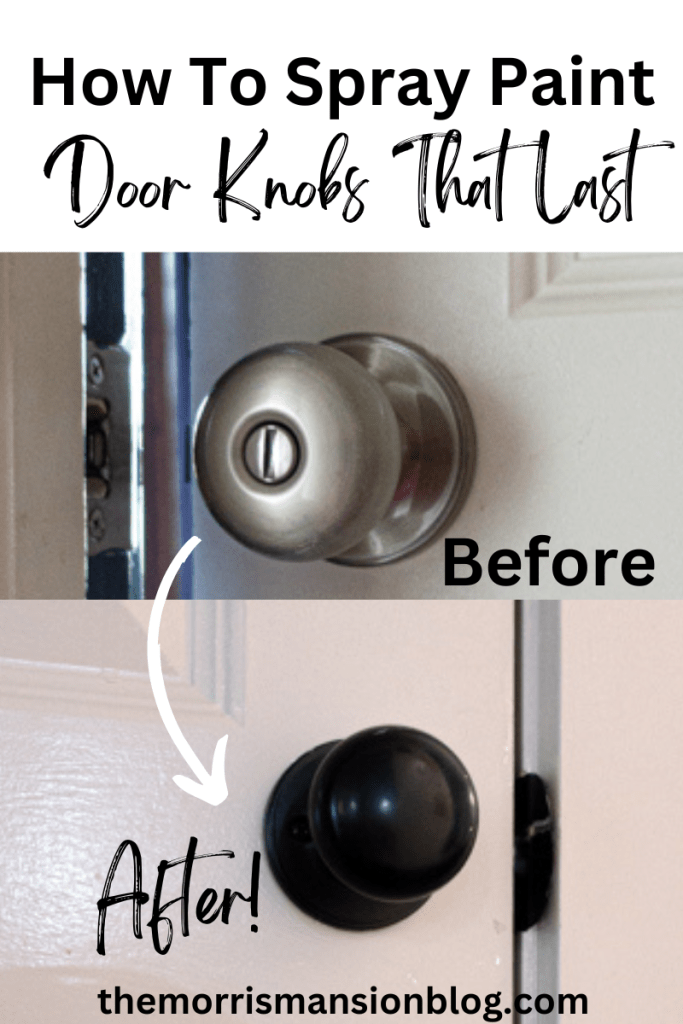Shoe Molding Vs Quarter Round: Discover The Key Differences
Shoe molding and quarter round are similar, but they serve different purposes in finishing floors. Both are types of trim used at the base of walls.
Shoe molding is slightly thinner and more flexible than quarter round, making it ideal for fitting against uneven surfaces. It bridges gaps between the floor and baseboard, ensuring a neat finish. Quarter round, true to its name, features a quarter-circle profile and is typically used for aesthetic purposes.
It adds a classic, decorative touch to rooms. Choosing between the two depends on the specific needs of your project. Understanding their differences helps you make an informed decision for your home improvement tasks.

Credit: midwestflooringcompany.com
Shoe Molding Basics
Shoe molding is a small, yet essential trim piece. It adds a finished look to baseboards and flooring. This section covers the basics of shoe molding.
Definition
Shoe molding is a thin strip of wood or material. It is installed at the bottom of baseboards. It covers the gap between the floor and the baseboard. This gives a clean, polished look to your flooring.
Common Materials
Shoe molding comes in various materials. Each has its own benefits and uses. Here are the most common materials:
| Material | Properties |
|---|---|
| Wood | Natural, can be painted or stained, versatile |
| MDF (Medium-Density Fiberboard) | Affordable, easy to paint, smooth finish |
| Plastic | Durable, water-resistant, low maintenance |
| Metal | Modern look, durable, often used in commercial spaces |
Choosing the right material depends on your needs. Consider factors like durability, cost, and appearance.
Quarter Round Basics
When choosing trim for your home, understanding the basics is crucial. This section delves into the essentials of Quarter Round, a popular trim option. Learn its definition and common materials.
Definition
Quarter Round is a trim molding with a quarter-circle profile. It’s named for its shape, resembling a quarter of a round dowel. This molding covers gaps between floors and walls. It creates a smooth transition.
Common Materials
Quarter Round moldings come in various materials. The most common are:
- Wood: Classic and versatile. Can be painted or stained.
- MDF (Medium-Density Fiberboard): Affordable and easy to work with. Painted finish.
- PVC (Polyvinyl Chloride): Moisture-resistant. Ideal for bathrooms and kitchens.
- Polystyrene: Lightweight and easy to install. Often used in budget-friendly projects.
Each material has its advantages. Wood offers a timeless look. MDF is cost-effective. PVC withstands moisture. Polystyrene is light and easy to install.
Design Differences
Shoe molding and quarter round serve distinct purposes in home design. Shoe molding adds a refined touch to baseboards, while quarter round covers gaps and provides a smooth transition. Both options enhance the aesthetics of your space.
Shape And Size
Shoe molding is more rounded, while quarter round is more angular. Quarter round is larger in size compared to shoe molding.Aesthetic Appeal
Quarter round offers a more traditional look. Shoe molding provides a sleek and modern appearance. Design Differences: Shoe molding and quarter round differ in shape, size, and aesthetic appeal. In terms of shape and size, shoe molding has a more rounded profile, whereas quarter round features a more angular design. Quarter round is larger in size compared to shoe molding. Regarding aesthetic appeal, quarter round typically offers a more traditional look, while shoe molding provides a sleek and modern appearance.Functional Differences
Shoe molding and quarter round may look similar. But they serve different functions. Understanding these differences can help in making the right choice for your home.
Protection And Durability
Shoe molding is designed to cover gaps between the floor and the baseboard. It protects the baseboard from damage. It also prevents dust and debris from accumulating in the gaps.
Quarter round, on the other hand, is more about aesthetics. It adds a finished look to the baseboard. It is less about protection and more about completing the look.
Ease Of Installation
Both shoe molding and quarter round are relatively easy to install. But, there are some differences.
- Shoe molding often requires precise cutting and fitting. This ensures it covers the gaps properly.
- Quarter round is simpler to install. It often involves just nailing or gluing it to the baseboard.
The choice may depend on your DIY skills and the specific needs of your space.
Best Uses For Shoe Molding
Shoe molding is a versatile trim option for many projects. It provides a clean, finished look to various surfaces. Below, we explore the ideal scenarios and the pros and cons of using shoe molding.
Ideal Scenarios
- Flooring Transitions: Shoe molding covers gaps between flooring and baseboards.
- Cabinet Bases: It adds a polished look to kitchen cabinets.
- Staircases: Shoe molding enhances the edges of staircases.
- Wall Protection: It protects walls from furniture scuffs.
Pros And Cons
| Pros | Cons |
|---|---|
|
|

Credit: themorrismansionblog.com
Best Uses For Quarter Round
Quarter round molding is a versatile trim option. It adds a polished look to your home. This trim is often used to cover gaps. These gaps are between the floor and baseboard. But, it can be used in other areas too. Let’s explore where quarter round molding shines.
Ideal Scenarios
Quarter round is perfect for small gaps. It fits well in tight spaces. Here are some ideal scenarios:
- Flooring Transitions: Use it where the floor meets the wall.
- Cabinet Bases: It hides gaps at the bottom of cabinets.
- Windows and Doors: It can trim around windows and doors.
- Stair Treads: It covers edges of stair treads.
Pros And Cons
| Pros | Cons |
|---|---|
|
|
Choosing The Right Option
When deciding between shoe molding and quarter round, it’s important to know the differences. Both options have unique features and benefits. Choosing the right option depends on specific needs and preferences. This section will help you understand which one suits your home better.
Factors To Consider
- Room Aesthetics: Shoe molding has a sleek look, ideal for modern rooms. Quarter round offers a more traditional appearance.
- Material: Both can be made from wood, MDF, or PVC. Choose the material that matches your room’s decor.
- Cost: Quarter round is usually cheaper due to its simpler design.
- Installation: Shoe molding is easier to install, especially for DIY projects.
Expert Tips
Experts suggest considering the room’s style first. If you prefer a clean, modern look, choose shoe molding. For a classic, elegant touch, quarter round is better.
Also, think about the room’s traffic. High-traffic areas benefit from durable materials like PVC. For a custom touch, paint or stain the molding to match the floor or walls.
| Feature | Shoe Molding | Quarter Round |
|---|---|---|
| Appearance | Sleek and modern | Traditional and classic |
| Material Options | Wood, MDF, PVC | Wood, MDF, PVC |
| Cost | Moderate | Lower |
| Ease of Installation | Easy | Moderate |
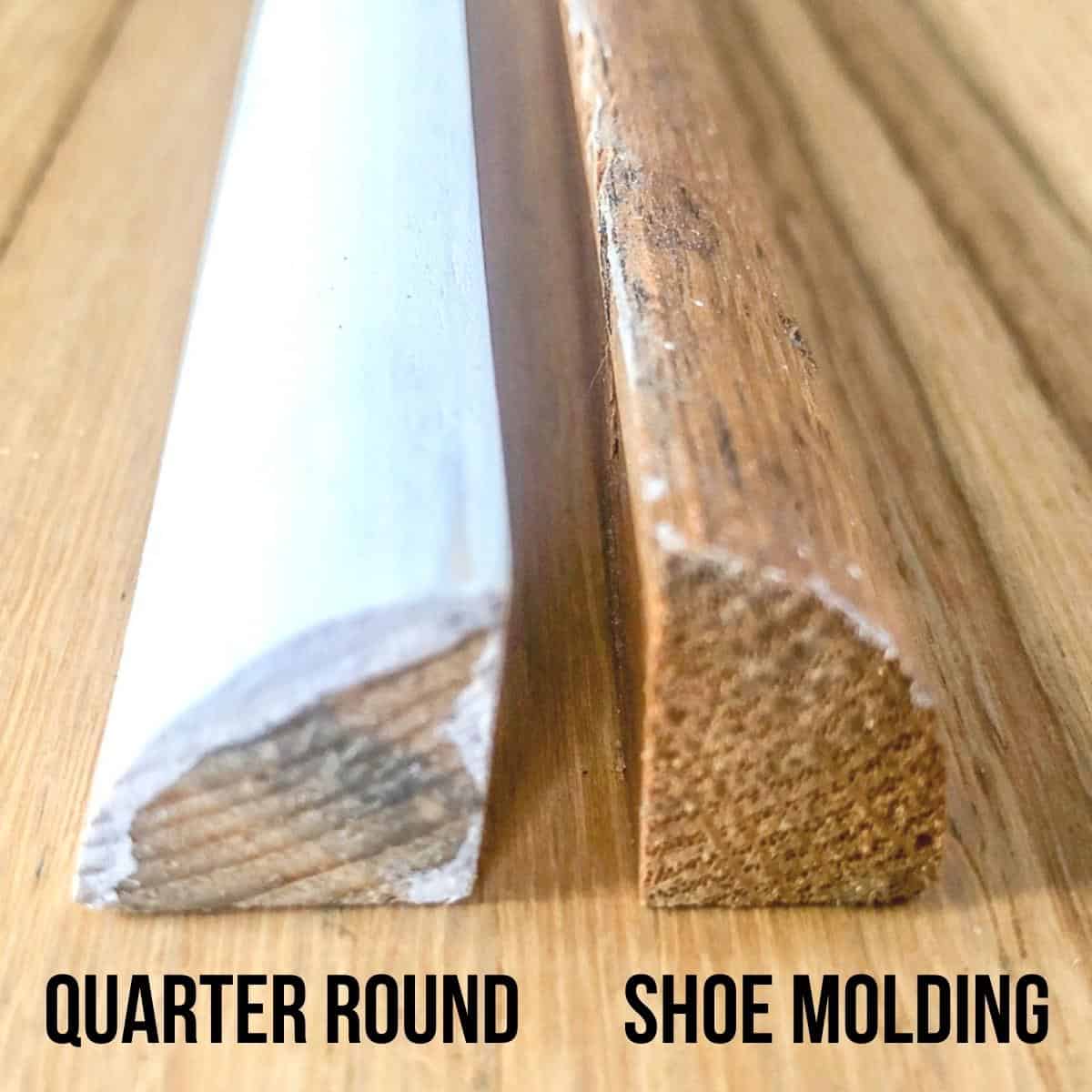
Credit: www.thehandymansdaughter.com
Frequently Asked Questions
Should I Use Shoe Molding Or Quarter Round?
Use shoe molding for a sleek, modern look. Choose quarter round for a classic, traditional finish. Both hide gaps.
Is Shoe Molding Outdated?
Shoe molding is not outdated. It remains popular for adding a polished look to baseboards and flooring.
What Is Another Name For Quarter Round?
Another name for quarter round is shoe molding. It is used to cover gaps between floors and walls.
What Is The Purpose Of Shoe Moulding?
Shoe moulding serves to cover gaps between baseboards and flooring for a finished look. It also protects walls from damage.
Conclusion
Choosing between shoe molding and quarter round depends on your needs and style preference. Both offer unique benefits and aesthetic appeal. Understanding their differences helps you make an informed decision. Consider your space and design goals to select the perfect trim.
Enhance your home’s look with the right molding choice.
